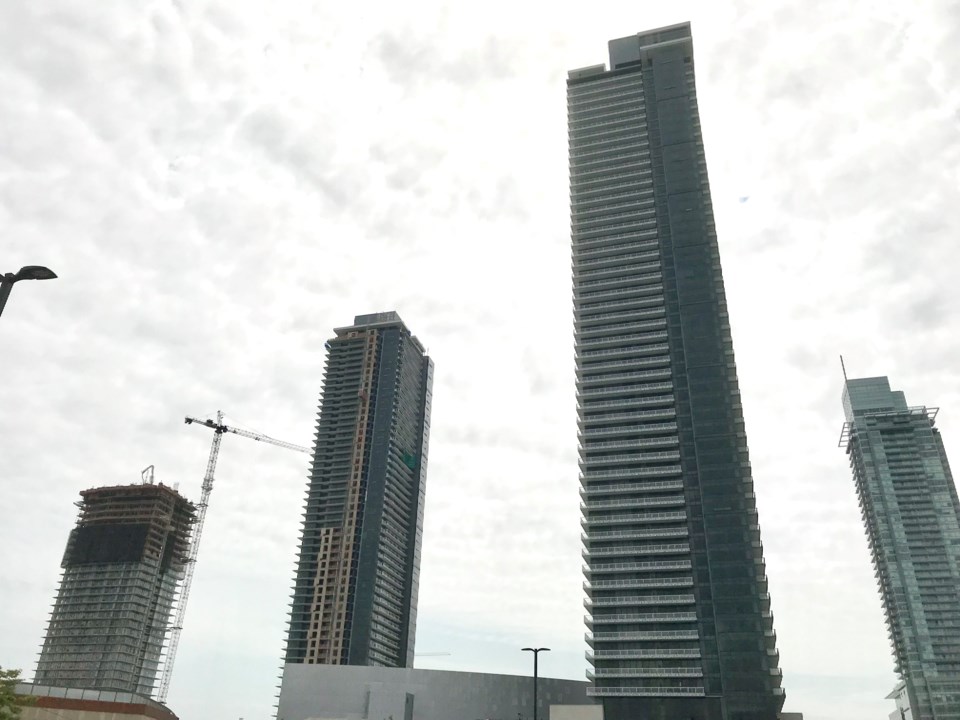Is Metro Vancouver and the provincial government on the same page when it comes to creating more high-density along major corridors such as Scott Road in North Delta or 56 Street in Tsawwassen?
A recent report from Metro Vancouver staff to the Mayor’s Committee on the province’s housing legislation notes that there is general alignment between the intent of the legislation and the housing goals outlined in Metro 2050.
However, a preliminary analysis by Metro identified a number of questions, concerns and gaps that have the potential to lead to misalignment between provincial policy and land use planning at both the regional and local levels.
The report notes significant regional coordination and consensus over the past four years has underpinned the development of the housing and transit-oriented development policies of Metro 2050 and Transport 2050.
The provincial legislation, though, has not utilized or referenced regional typologies, such as Urban Centres, Frequent Transit Development Areas (FTDA) and Major Transit Growth Corridors (MTGC), which may create unnecessary confusion and could potentially lead to a misalignment between regional planning and provincial policy.
Despite expressing reservations about creating a unique policy for the Metro Vancouver region, the housing ministry committed to continuing discussions about aligning the regional land use designations over time, the report notes.
“This is critical as the Metro Vancouver federation has worked hard to develop consensus on these geographies, targets and policies, and has custom data from the Census for these geographies to be able to monitor progress over time,” the report adds.
The provincial government last year proposed new legislation aimed at having more homes near transit hubs.
The legislation would require municipalities to designate Transit Oriented Development Areas (TOD Areas) that are defined as land within 800 metres of a rapid transit station and within 400 metres of a bus exchange where passengers transfer from one route to another.
In the designated TOD Areas, municipalities will be required to, among other things, permit housing developments that meet provincial standards for allowable height and density, remove restrictive parking minimums and allow for parking to be determined by need and demand on a project-by-project basis.
A Delta planning department report last fall on the city’s evolving housing initiatives, as well as the provincially mandated housing target for Delta, notes that increased densities in town centres and major corridors will be explored for new policy changes.
Candidate areas include Scott Road as well as the Nordel Social Heart, Ladner Trunk Road, Tsawwassen Town Centre and 56 Street.
Work is also currently underway to explore pre-zoning of key locations.
The report also notes the Scott Road corridor could have a new FTDA designation.
“With the upcoming 2024 launch of the R6 Scott Road RapidBus, there is an opportunity to establish a new FTDA, providing a signal to the regional development community that the corridor is an area for transit-oriented densities, providing a geography for the use of planning tools such as reduced parking requirements or density bonusing, and making Delta eligible for increased TransLink funding for pedestrian and cycling projects within the FTDA,” the report explains.
TransLink this week unveiled its new, faster bus service for the Scott Road corridor with the launch of the R6 Scott Road RapidBus.




